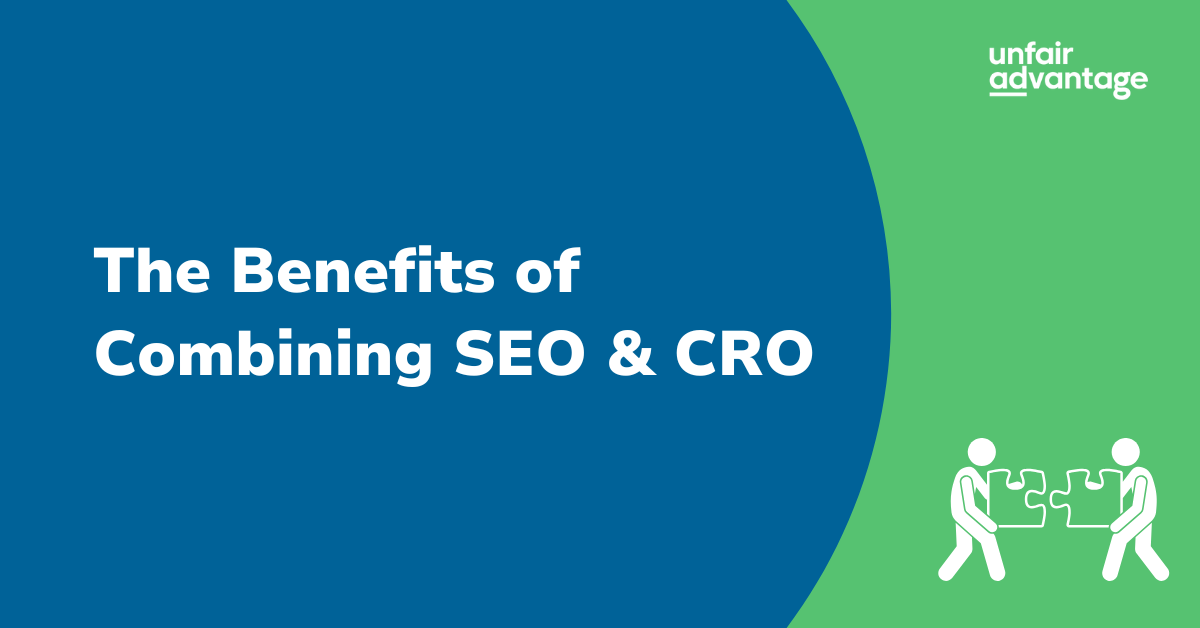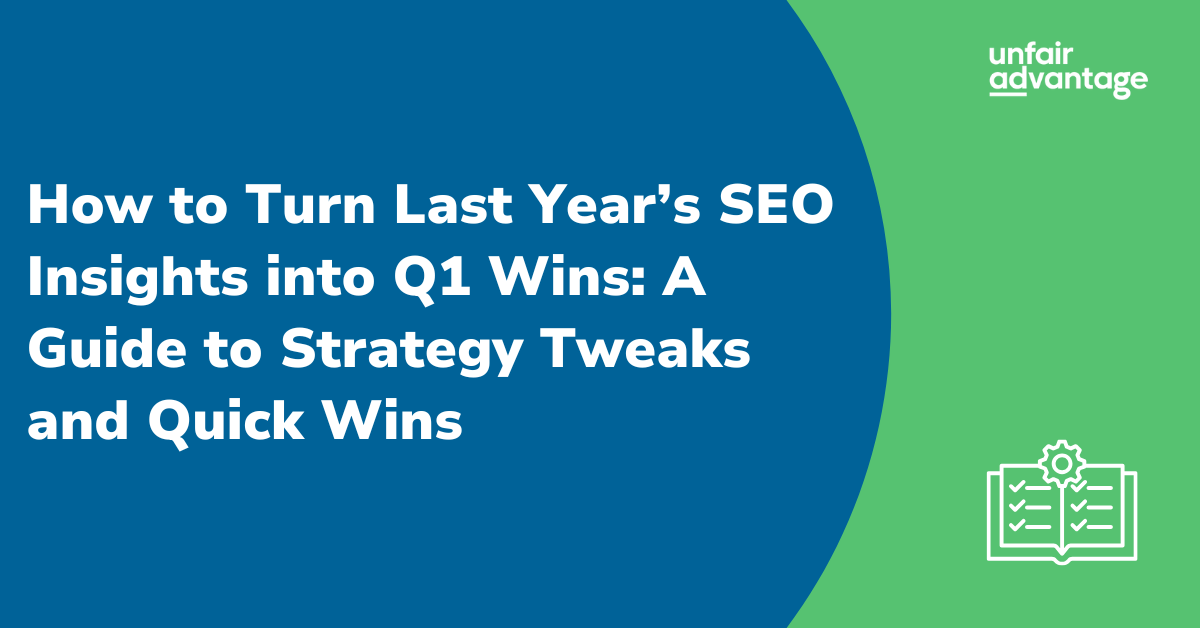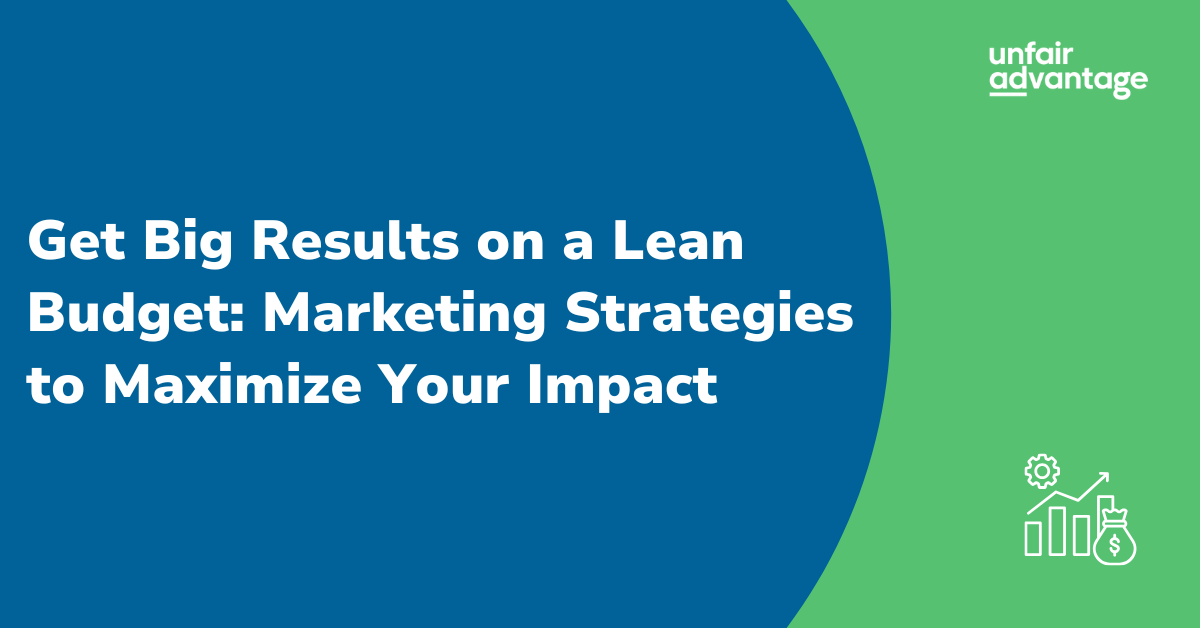
The Benefits of Combining SEO & CRO
For small business owners, driving website performance often means more than just attracting traffic. You want visitors who actually engage with your content, take action and ultimately become paying customers. That’s where combining two powerful digital strategies—Conversion Rate Optimization (CRO) and Search Engine Optimization (SEO)—can make a big impact.
In this blog, we’ll explore what CRO and SEO are, why they work better together, and how you can implement both strategies to maximize your website’s potential.
What is CRO?
CRO, or Conversion Rate Optimization, is the practice of improving your website to increase the percentage of visitors who complete a desired action, such as signing up for a newsletter, making a purchase, or filling out a contact form. CRO focuses on optimizing elements like design, calls-to-action, and user experience (UX) to make it easier for visitors to take action.
By focusing on CRO, you make the most of the traffic that comes to your website. This strategy is all about transforming visitors into loyal customers and making sure every click counts.
What is SEO?
SEO, or Search Engine Optimization, is the process of optimizing your website to improve its visibility on search engines like Google. With SEO, the goal is to bring in organic (non-paid) traffic by ranking higher in search results for keywords relevant to your business. SEO covers a range of tactics, including:
- Keyword research to understand what your audience is searching for
- Content optimization to make sure your site is relevant and valuable to visitors
- Technical SEO to ensure your site’s code and structure are search-engine friendly
A strong SEO strategy can drive new visitors to your website, helping to boost your reach and potential customer base.
Why Combine CRO and SEO?
Many businesses focus on either SEO to drive traffic or CRO to boost conversions, but a truly effective digital marketing strategy blends both. Here’s why combining CRO and SEO offers the best results:
- Increased ROI on Marketing Efforts
Combining CRO and SEO allows you to bring in more traffic (SEO) and make sure that traffic is likely to convert (CRO). When both strategies work in sync, you’re maximizing the return on every dollar spent, whether on organic content creation, ad campaigns, or web design. - Better User Experience
Both SEO and CRO prioritize a smooth, engaging user experience. SEO encourages optimized content and fast loading speeds, while CRO focuses on user-friendly design and clear calls-to-action. When combined, these strategies ensure that visitors not only find your website but enjoy being there, which can lead to higher engagement and loyalty. - Higher Quality Traffic
By optimizing for relevant keywords (SEO) and creating a seamless path to conversion (CRO), you’re more likely to attract visitors who are genuinely interested in your products or services. This means a better match between what users are looking for and what your website offers. - Adaptability to User Intent
SEO focuses on bringing in users, and CRO focuses on understanding what users want once they arrive. By looking at both, you can adapt your website to fit user intent at every stage of the customer journey. For example, you can use SEO to attract top-of-funnel traffic while using CRO tactics to capture leads or drive sales for bottom-of-funnel visitors.
Key Tactics to Integrate CRO & SEO
Let’s look at some practical ways to combine CRO and SEO strategies on your website.
- Optimize Landing Pages for Search and Conversions
Start by identifying your high-traffic pages (from SEO) and applying CRO principles to maximize their conversion potential. Landing pages that receive a lot of organic traffic should have:
- Clear CTAs: Include calls-to-action that align with what visitors might be looking to do next, whether it’s learning more about a service or making a purchase.
- Fast Load Speeds: SEO rewards fast pages, and CRO relies on them. Optimize images, use caching, and minimize code to reduce load times.
- Engaging Content: Use engaging, informative content that answers visitors’ questions and guides them through your site naturally.
- Leverage Data from Both CRO and SEO
Data-driven decisions are key to both CRO and SEO. Use SEO tools like Google Analytics to track page traffic, bounce rates, and keywords driving visitors to your site. Then, leverage CRO tools like heatmaps, A/B testing, and user feedback to understand how people are interacting with your content.
- Example: If you see high traffic on a product page but a low conversion rate, CRO data can help identify whether users are dropping off due to unclear CTAs, pricing details, or form length.
- Focus on Mobile Optimization
Both Google’s algorithm and user expectations demand a seamless mobile experience. Ensure that your website is fully responsive, fast-loading, and user-friendly on mobile devices. Mobile optimization improves your SEO by meeting search engine standards and boosts CRO by ensuring visitors can easily navigate and convert on any device.
- Align Content with User Intent
The content you create should meet users’ needs at each stage of their journey. Conduct keyword research (SEO) to understand what potential customers are searching for, then craft content that guides them from discovery to decision (CRO).
- Top of Funnel: Use informative blogs to capture broad search queries.
- Middle of Funnel: Offer case studies or detailed guides for users considering your solutions.
- Bottom of Funnel: Provide testimonials, pricing information, or demo options to encourage conversions.
- Regularly Update and Test Content
SEO and CRO are not set-and-forget strategies. SEO algorithms change, and user behavior shifts over time. Regularly update key pages to keep them optimized for search engines and conversion best practices.
A/B testing different elements on high-traffic pages, such as headlines, images, or CTAs, can help you determine what resonates most with your audience. Plus, Google rewards fresh, updated content, giving your pages an SEO boost.
Case Study: The Power of Combining CRO and SEO
Let’s look at an example to illustrate how this combined approach works in practice. Imagine a local law firm that wants to increase requests for case reviews.
- SEO Strategy: The law firm targets localized keywords like “[City] motorcycle accident attorney” and optimizes its landing page with relevant content about its services, track record, and client outcomes.
- CRO Strategy: They improve the page by adding an easy-to-fill form, a clear CTA (“Start Your Free Consultation”), and testimonials from current clients.
By optimizing for relevant keywords, they drive traffic from search engines. And with CRO tactics, they turn that traffic into actual leads. The result? A website that not only attracts visitors but actively converts them into clients. To learn more, check out all the details here.
Final Thoughts: Make the Most of Your Website Traffic
For small businesses, digital marketing budgets are often tight, making it crucial to get the most out of every website visitor. Combining SEO to drive traffic and CRO to convert that traffic helps you maximize every opportunity without needing to increase your ad spend.
Start by focusing on one or two key pages—like your homepage or main product page—and apply these integrated SEO and CRO tactics. Over time, you’ll see the benefits of a combined approach, from increased traffic to a higher conversion rate and ultimately a stronger bottom line.
For expert assistance in managing and optimizing your Google Display Ads, reach out to us at Unfair Advantage. Our team of specialists is ready to help you achieve your marketing goals with precision and efficiency!

